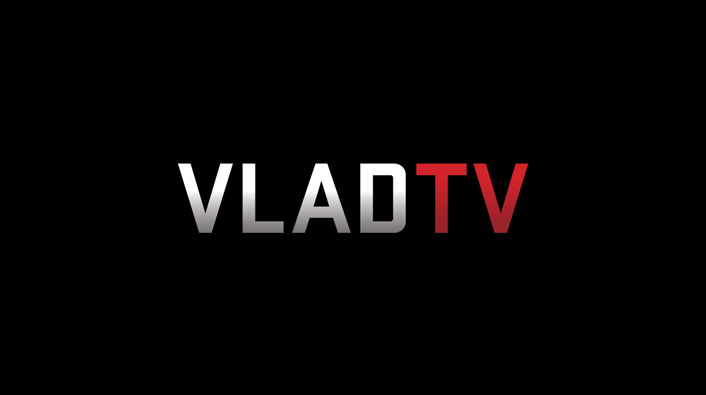The total consumer spending on music in 2017 reached $8.72 billion, which is a 16.5 percent increase from 2016 to $7.5 billion, announced Hollywood Reporter.
It turns out that it is streaming that is "the dominant growth vehicle" of the U.S. music industry. Taking into consideration all different streaming formats, the total revenue in 2017 was $5.66 billion, another increase from 2016's $3.96 billion.
Billboard.com reported that paid subscription revenue totaled nearly $4.1 billion — more than overall streaming in 2016 combined, whereas on-demand ad-supported streaming grew to nearly $659 million, a 34.6 percent increase.
Downloads suffered the biggest declines, including the digital download sales of albums. Similarly, "physical" album sales (like CDs and LPs) slowed down significantly as well. Simultaneously, the CD and LP prices have gone up.
"The remaining 2.4 percentage points of revenue come from synchronization, which totaled $232.1 million. That represents an increase of 13.5 percent from the $204.4 million generated in the prior year," reports Hollywood Reporter.
RIAA CEO Cary Sherman stated that even though internet offers "countless opportunities to distribute music," with a huge number of songs and albums released every year, it is super hard for artists to stand out. As such, record labels can help take the music to the next level.
Source: hollywoodreporter.com


